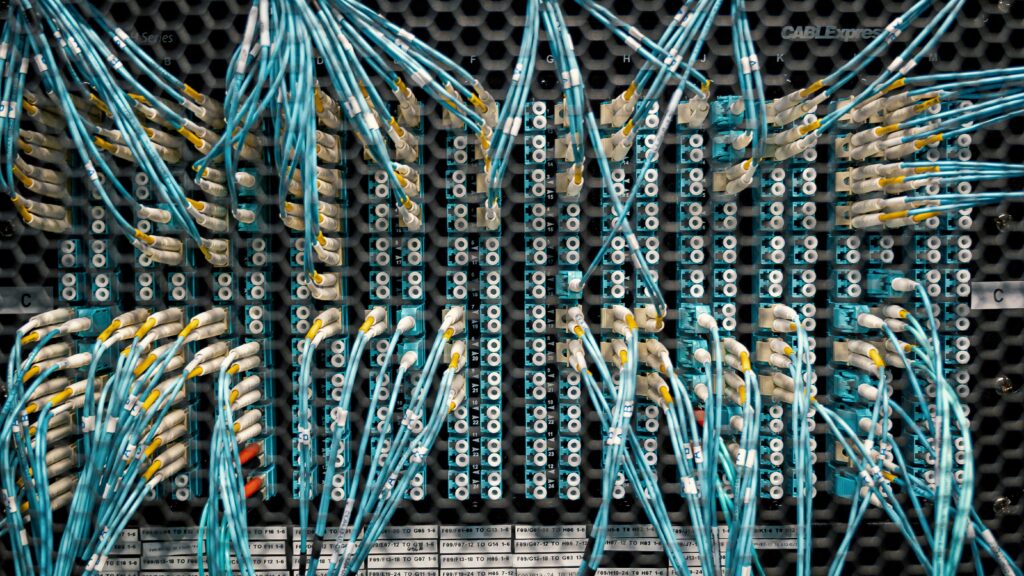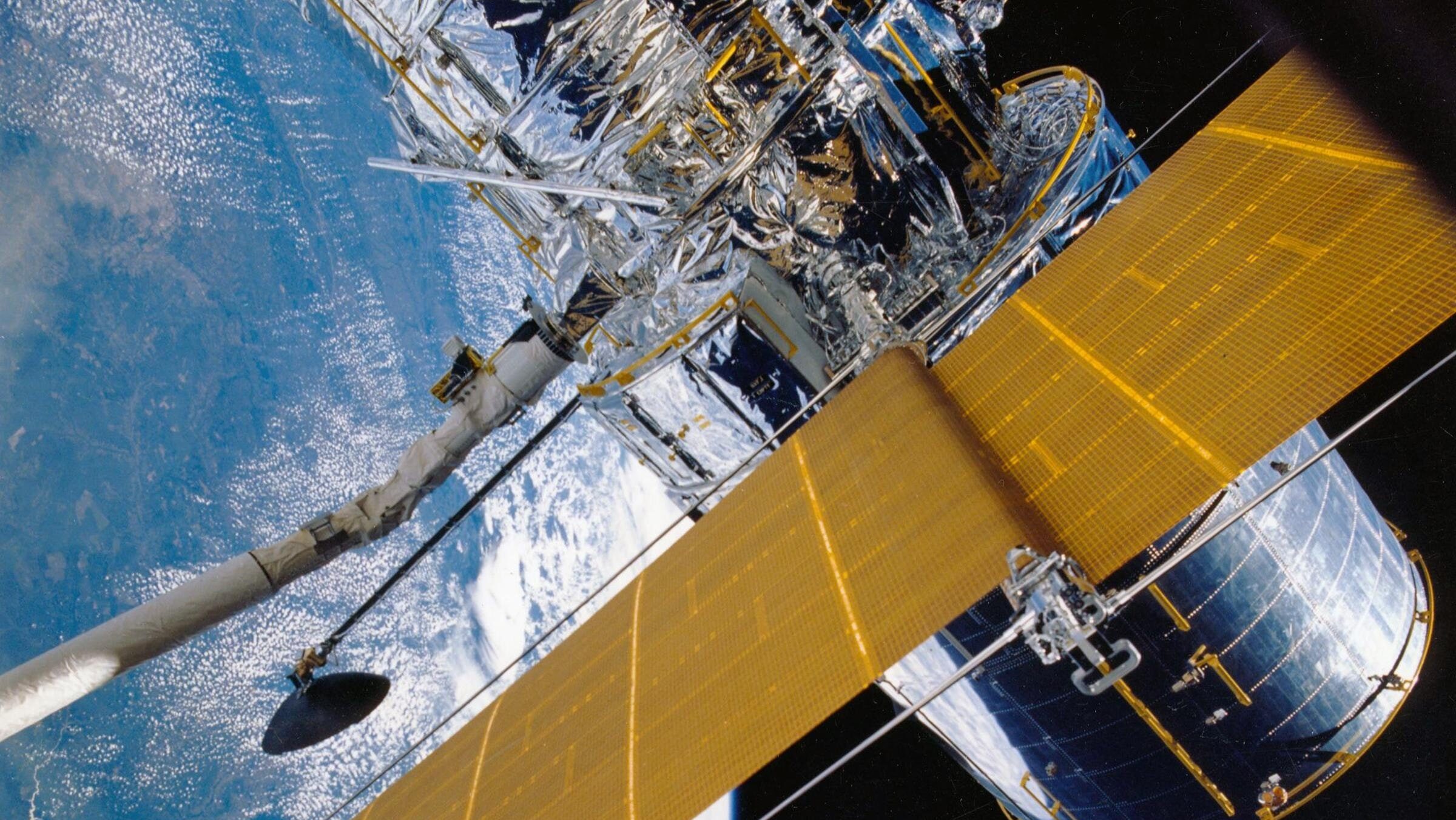
Optic fiber, also known as fiber optics, is a technology that uses light to transmit information through thin, flexible strands of glass or plastic. These strands which are about the diameter of a human hair, are coated with a reflective material that allows light to travel along the length of the cable, per Tech Target.
Who Invented It

This technology has been around since the early experiments by French physicist Jacques Babinet and Swiss colleague Daniel Colladon in 1840, per DBpedia. However, it was Charles Kuen Kao, a Chinese electrical engineer, who was awarded the Nobel Prize in Physics in 2009 for his work in the field. And it was his research in light transmission through pure glass fibers that laid the foundation for it’s widespread adoption that we are experiencing today, per the National Library of Medicine.
Why is it Spreading so Fast?
The popularity of this optic fiber stems from its ability to transmit large amounts of data over long distances without the need for amplification and its immunity to electromagnetic interference. The latter makes it an attractive option for a range of applications and industries.
Typical Uses for Optic Fiber
Fiber-Based Internet

Josh Sorenson, Pexels – Computers and internet devices
One of the most common instances where you will encounter optic fiber is when you have fiber internet service. Instead of using traditional copper cables to connect your home or business to the internet, fiber optic cables are used. It allows for faster internet speeds and a more reliable connection.
Its Function in Medicine
Another example is medicine, where optic fiber technology functions in endoscopes and other medical imaging equipment. These devices use light to visualize the inside of the body and make it easier for doctors to identify cancerous cysts.
It has become an essential tool in modern medicine, and with this technology, doctors have been able to diagnose diseases with much more accuracy. Additionally, its use in spectrophotometry allows for the determination of colors in internal lesions, which is instrumental in identifying cancerous cysts or melanoma.
Overall optic fiber technology has been a game changer in the medical field and continues to be a tool in the diagnosis and treatment of various diseases.
Aerospace

Optic fiber features in the aerospace industry. Because fiber optic cables are resistant to high voltage, lightning, corrosion, pressure, and high temperatures, they are well suited for use in harsh environments. Moreover, it’s potential to maintain security due to its design makes it a favorable choice for military communication systems.
Industrial Automation

In industrial settings, optic fiber functions to transmit data in control systems and process automation. Because it is resistant to electromagnetic interference, it is well suited for use in environments where electrical interference can be a problem. An example of this could be in a factory where large machines are producing electromagnetic interference, optic fiber can transmit data without interruption.
Does it Cost More?
While the installation costs for optic fiber may be higher than traditional copper cables, the benefits of improved performance and longer lifespan can outweigh it’s cost in the long run.
What is the Future of Fiber Optics?

As we move further into the “fourth industrial revolution,” optic fiber technology is set to play an important role in our daily lives. The increasing demand for faster internet speeds and the need for reliable communication in various industries are driving the growth of this technology – it is set to change various aspects of the internet as we know it from the IP address to how we drive cars.